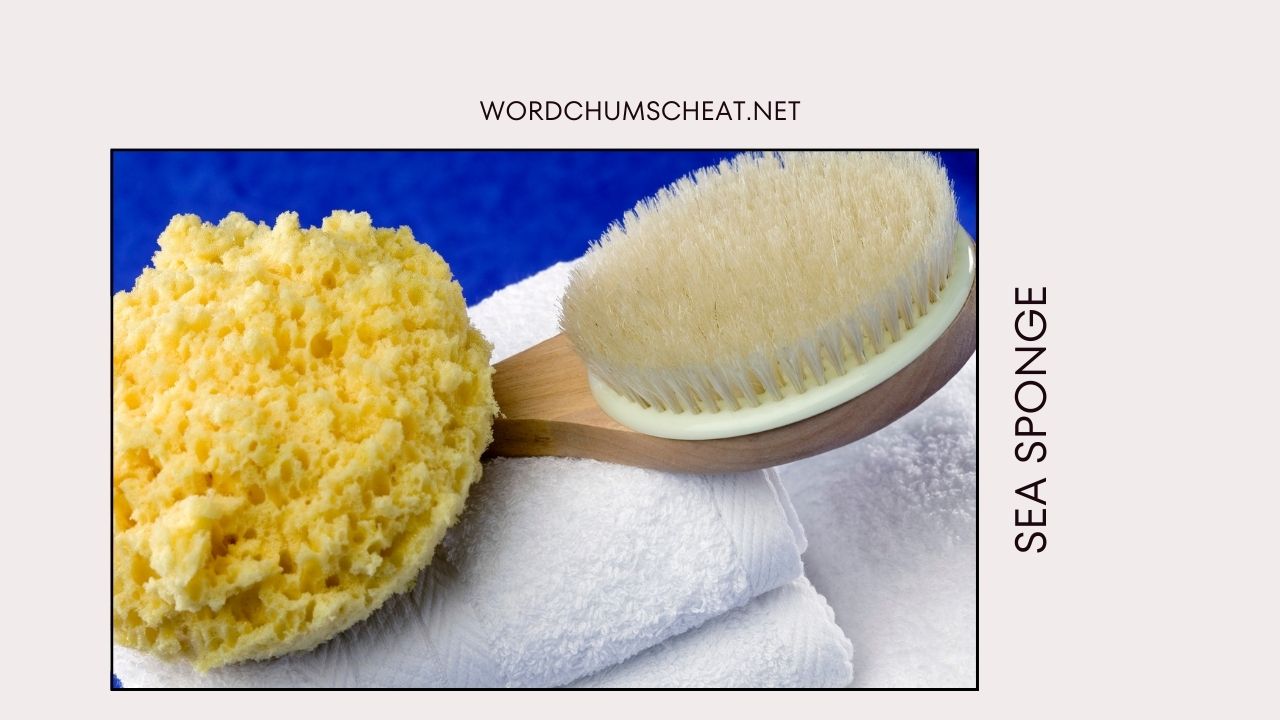Sponges, or sea sponge as they are commonly known, represent one of the most fascinating and ancient groups of animals on our planet. Residing in the phylum Porifera, which translates to ‘pore bearer’, these creatures are a testament to the simplicity and complexity of nature coexisting in harmony. This article dives deep into the world of sea sponge, exploring their unique biology, evolutionary significance, and the pivotal role they play in marine ecosystems.
The Anatomical Marvel of Sea Sponge
At first glance, a sea sponge might not seem like much—an oddly shaped object fixed to a rock or coral. Yet, these organisms are multicellular wonders, devoid of true tissues and organs, setting them apart from other animals. The structure of a sponge is ingeniously designed for its sedentary lifestyle; their bodies are riddled with pores and channels, facilitating a continuous flow of water that delivers nutrients and oxygen while carrying away waste. This system is supported by a jelly-like substance called mesohyl, sandwiched between two layers of cells, with an internal skeleton of spicules or spongin fibers providing structural support.
A Glimpse into Evolutionary History
Sponges are believed to be among the earliest forms of animal life, with some estimates placing their emergence on the evolutionary timeline around 580 million years ago. This conjecture is supported by the fossil record and genetic studies, suggesting sponges as the sister group to all other animals. Their simple yet effective mode of life, including a lack of nervous, digestive, and circulatory systems, hints at what the earliest forms of animal life might have been like. Interestingly, the choanocytes (collar cells) of sponges bear a striking resemblance to the choanoflagellate protists, providing valuable insights into the evolutionary leap from unicellular to multicellular life.
Diversity and Habitat A World Beneath the Waves
The biodiversity of sponges is nothing short of spectacular, with estimates ranging from 5,000 to 10,000 species inhabiting marine and freshwater environments across the globe. These species vary greatly in shape, size, and color, adapted to a wide range of habitats from shallow tidal zones to the abyssal depths of the ocean. While most sponges are filter feeders, relying on bacteria and microscopic particles in the water, a few have adopted a carnivorous lifestyle, a remarkable adaptation to nutrient-poor environments.
Also Read: Meet Griffin Cleverly The Aerospace Engineer Shaping the Future at Lockheed Martin
Reproduction and Regeneration The Cycle of Life
Sea sponge exhibit remarkable reproductive strategies, capable of both sexual and asexual reproduction. Sexual reproduction involves the release of sperm into the water, fertilizing eggs that develop into free-swimming larvae, eventually settling to begin a new colony. Asexually, sponges can regenerate from fragments or produce gemmules, dormant structures that can survive harsh conditions. This ability to bounce back from adversity is a key factor in the resilience and longevity of sponge populations.
Humans and Sponges An Ancient Relationship
The relationship between humans and sponges extends back thousands of years, with soft-bodied species being harvested for use as cleaning tools and padding. Although overfishing led to a decline in natural sponge populations by the mid-20th century, sponges continue to captivate us, not only for their practical uses but also for their potential in modern medicine. Researchers are exploring sponges and their microbial symbionts as sources of novel pharmaceutical compounds, demonstrating that these ancient creatures still have much to offer.
Conclusion The Enduring Legacy of Sea Sponge
Sea sponge, with their simple elegance and complex biology, continue to fascinate scientists and nature enthusiasts alike. As we delve deeper into their secrets, we uncover more about the origins of life on Earth and the intricate balance of marine ecosystems. The study of sea sponge is a reminder of the beauty and diversity of life in our oceans, and the importance of conserving these remarkable creatures for future generations to discover and admire.

